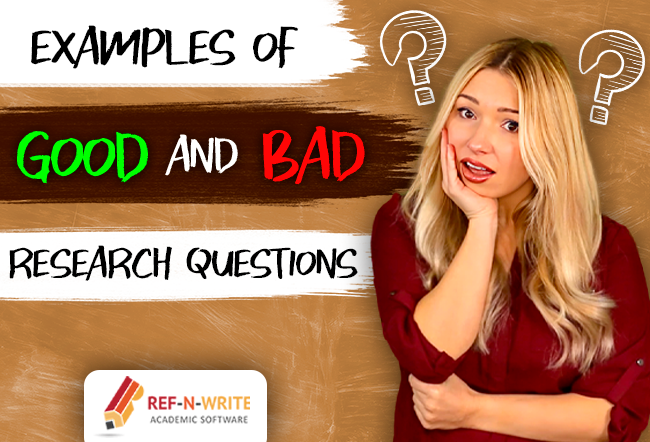Academic writing involves (1) usage of right sentence structures for clarity in communication; (2) usage of phrases to condense the content and make it lexically denser; and (3) usage of scientific words and expressions wherever necessary. Academic writing skill is hard to acquire and may require years of writing research articles and scientific journals before one can perfect the writing. In particular, this presents a significant challenge for students, academics, and researchers who are new to the field of scientific writing and non-native English speakers. As a consequence, they spend money on proofreaders and rely on advice and feedback from native English speakers to produce scientific documents of a good academic standard. This process is very time consuming and expensive. Furthermore, this creates a sense of dependency and feeling of inferiority over time for the concerned.
REF-N-WRITE is a data mining tool that helps users to pull information that is relevant to the content they are writing across thousands of documents at the press of a button. The unique feature of REF-N-WRITE is the user can view the search results in sentence and paragraph levels rather than document level. The users can search for both subject-specific information and language ideas from user selected reference materials. The whole process happens on the fly in real-time while writing as REF-N-WRITE is a Microsoft word add-in. REF-N-WRITE provides users with a snapshot of what has been said before, how has it been said and where it has been said. It is up to the user to use this information to refine their writing or get new ideas. Writers using REF-N-WRITE will be able to compare their academic writing with their peers both content wise and language wise every step along the way. This constantly reassures the users during the writing process. Undergraduate, masters, research students, academic staff, non-native English speaking writers and novice writers will find this tool very useful.
REF-N-WRITE allows users to import documents related to the content being written. This may include journal papers, online articles, reports, thesis and dissertations. Supported document formats include MS word, PDF and text files. The text is extracted from the imported documents, and then split into sentence chunks, and finally indexed. In summary, the indexing system is similar to search engines such as Google and Yahoo, except the user chooses the documents to index.
When the user writes a sentence in the word document, the ‘Search’ facility in REF-N-WRITE allows users to pull information from the indexed documents that are specifically relevant to the content being written. In essence, the user is provided with a snapshot of similar statements made in previous research articles. The user can use this information to refine the text by modifying the tone appropriately and including appropriate discipline-specific. The search results are shown at the sentence level, and if the user wishes to know more about the context in which the statement was made, a button click on the sentence expands into a paragraph. A further button click on the paragraph will open the document and navigate to the exact location of the search result. REF-N-WRITE is designed such a way that large chunks of information are deliberately hidden from the user to avoid inappropriate copying. REF-N-WRITE is a retrospective search engine where the user should have a clear idea about the statement that is to be written. Only after putting the thoughts in writing can the user query REF-N-WRITE with the view of refining the content. Students with an intention of copying will find it extremely difficult to use REF-N-WRITE since the content is only rendered in form of very specific search results in response to a valid query. It follows the principle of garbage in, garbage out (GIGO) principle.
The user can query REF-N-WRITE for language ideas to refine a piece of text by using the ‘template’ functionality. REF-N-WRITE applies NLP techniques (Natural Language Processing) techniques and parts-of-speech patterns to extract context-free words and establishes the core meaning of the text. Then, a complex query is executed and statements of similar meaning are filtered out from the indexed documents and presented in the form of context-free sentence templates comprising phrase chunks. The user can use this information to refine the language of the text being written by reusing words, phrases and sentence structures from previous documents. This is an effective learning strategy because the user is exposed to plenty of examples in which a particular argument or statement is presented in different ways by different authors.
One of the effective methods to proof-reading the written text is by reading out loud, and even better, getting somebody to read it out. This enables the user to mentally visualize how the text would be read by the target audience. REF-N-WRITE’s ‘Read’ feature provides text to speech conversion. The user can use this feature to listen to the written text to check if it flows well and to pick up any grammatical anomalies. Furthermore, this feature can be used to add punctuations at appropriate places to introduce stresses and pauses as required.





I like this page
Howdy! This article could not be written any better! Looking at this post reminds me of my previous roommate! He constantly kept preaching about this. I’ll send this information to him. Fairly certain he’s going to have a good read. Thanks for sharing! bebkgkdkkkeg